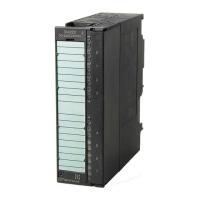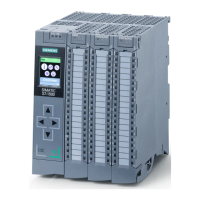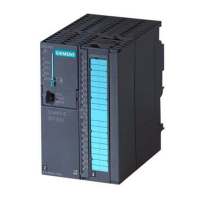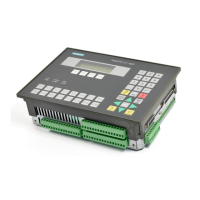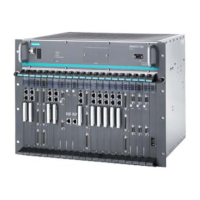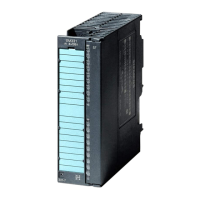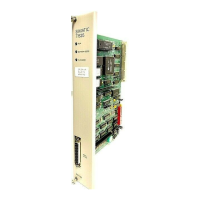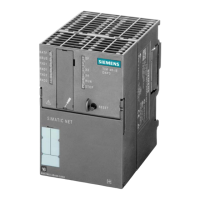Using I/Os in S7–400H
13.4 Connecting redundant I/O to the PROFIBUS DP interface
S7-400H
System Manual, 03/2012, A5E00267695-11
181
4. Redundant I/O connected to a fault-tolerant CPU in standalone mode
5HGXQGDQWPRGXOHSDLU
Figure 13-6 Redundant I/O in stand-alone mode
Principle of channel group-specific redundancy
Channel errors due to discrepancy cause the passivation of the respective channel. Channel
errors due to diagnostic interrupts (OB82) cause the passivation of the channel group
affected. Depassivation depassivates all affected channels as well as the modules
passivated due to module errors. Channel group-specific passivation significantly increases
availability in the following situations:
● Relatively frequent encoder failures
● Repairs that take a long time
● Multiple channel errors on one module
Note
Channel and channel group
Depending on the module, a channel group contains a single channel, a group of several
channels, or all channels of the module. You can therefore operate all modules with
redundancy capability in channel group-specific redundancy mode.
An up-to-date list of modules with redundancy capability can be found in section Signal
modules for redundancy (Page 187).
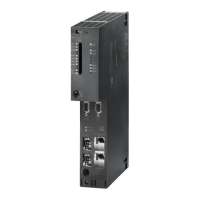
